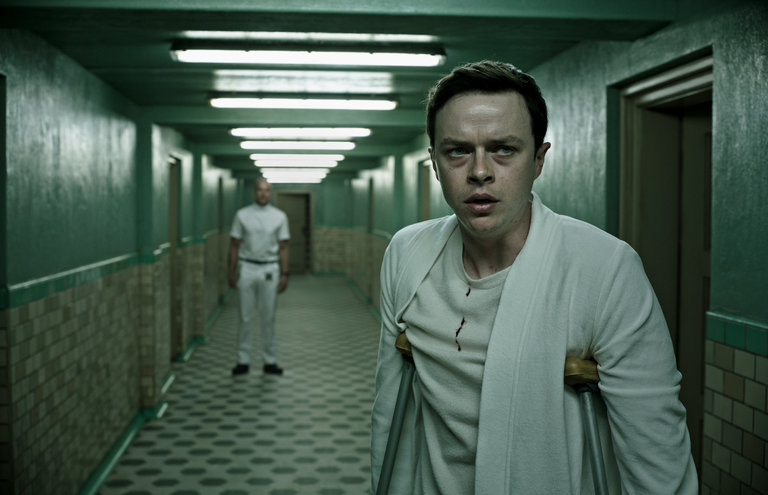The recently released “A Cure for Wellness” is a movie with a mental health theme.
Although it is not explicitly said, the film describes an “illness” that plagues all the patients that go to a remote wellness center in the Swiss Alps.
The movie’s plot revolved around an obsessed baron, his wife and a castle on the hill that is burnt to the ground. Such a story seemed straight out of European folklore.
The Baron used the disguise of a recovery center to experiment on people with the use eels. Through his experiments he was able to create an elixir that allowed him to survive for 200 years.
Spending that amount of time just to create a pure blood heir felt like too many plots jammed into one story.
However, “A Cure for Wellness” is more than just a genre pot of dark mystery, horror and fantasy.
The main character personifies the human psyche as he goes through the five stages of grief and deals with trauma and depression through the course of the movie.
In the beginning of the movie, the standard of working hard to the point of exhaustion causes the death of one of the characters. After the random worker’s death, they are easily replaced representing the disposability of a worker.
While the issues of being constantly stressed and depressed are viewed as being weak, both in reality and in the movie, workers like the main character cast these mental issues aside. They also avoid social and familial relationships for the purpose of pursuing a successful career.
The main character Lockhart, played by Dane DeHaan, is a young executive who is sent to a wellness center in the Swiss Alps. He is tasked to bring back his company’s CEO, Pembroke, who had went to the center and refused to come back.
Before Lockhart’s depart to the wellness center, his mother passes away and later on in the movie it is revealed that he has repressed memories of watching his father’s suicide as a child.
Even before his mother’s death, Lockhart was already deep into the first stage of grief as he experienced denial and isolation. His stages into grief explain the repression of his father’s death and the distance he kept from his mother.
Lockhart arrives to the asylum-like wellness center and is unable to meet with Pembroke because the workers deny him access into the facility, in particular Dr. Volmer, the head of the wellness center. Later in the movie it is revealed that Dr. Volmer was the mad baron from 200 years ago.
After multiple events, Lockhart, with a broken leg, ends up staying at the facility. He then begins to uncover the facility’s secrets.
He enters the stage of anger, which resulted from Pembroke’s unwillingness to come back with him to New York and from Dr. Volmer’s diagnosis of Lockhart having the illness everyone else in the center had.
Later in the movie, Lockhart enters the third stage of grief, which is bargaining.
He agrees to Dr. Volmer’s treatment even though he still believes that he doesn’t have an illness. This is where Lockhart starts to realize that there is something wrong with the people in the wellness center.
As Lockhart begins to uncover that the patients of the wellness center are being kept as guinea pigs and fodder for Dr. Volmer’s eels, he undergoes the fourth stage of depression.
Lockhart is unable to deal with the atrocities going on within the castle grounds and he reverts back to all the earlier stages of denial, anger, bargaining and depression all over again.
The movie goes on and he tries every option to escape from the center until Lockhart realizes that there is no hope to fight back. He then enters the last stage of grief which is acceptance.
Even though it is an acceptance that meant he would remain at the center to be Dr. Volmer’s experiment.
A bunch of disgusting events proceed throughout the movie including the appearance of eels in every water scene, ingestion, incest and cult related things, once again too many plots combined into one.
In the end of the movie, Lockhart does break free from the facility as it ironically burns down.
He then quits his job as the employers who sent him drive up the castle’s road finally breaking free of his grief.
Although this movie is not an exact replication of the five stages grief, to those who have experienced the death of a loved one, the phases that Lockhart goes through may be familiar.

